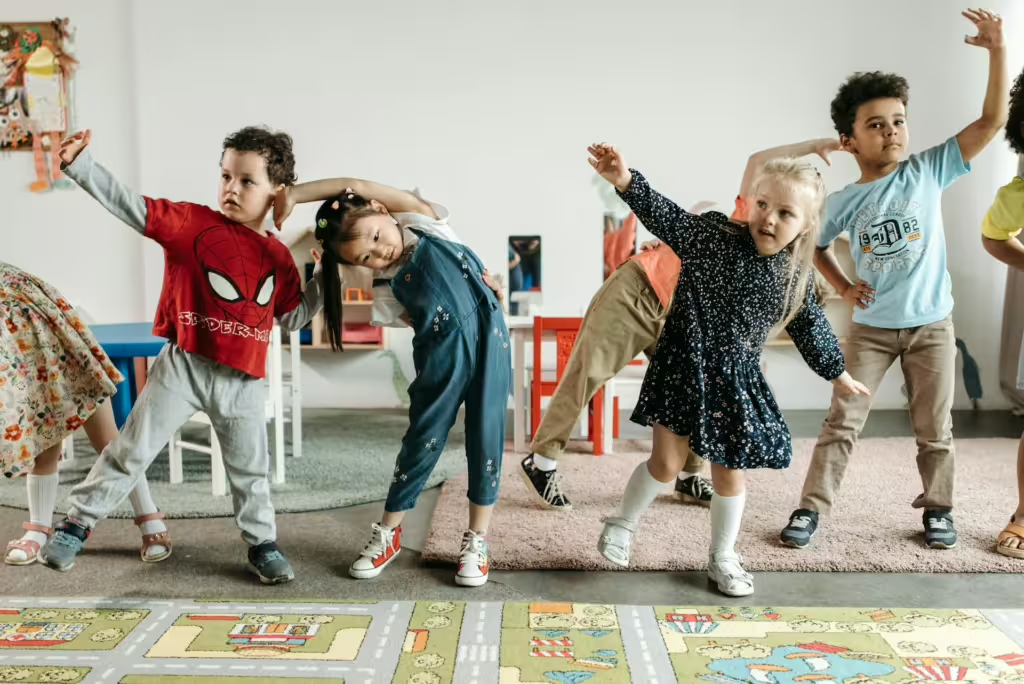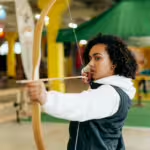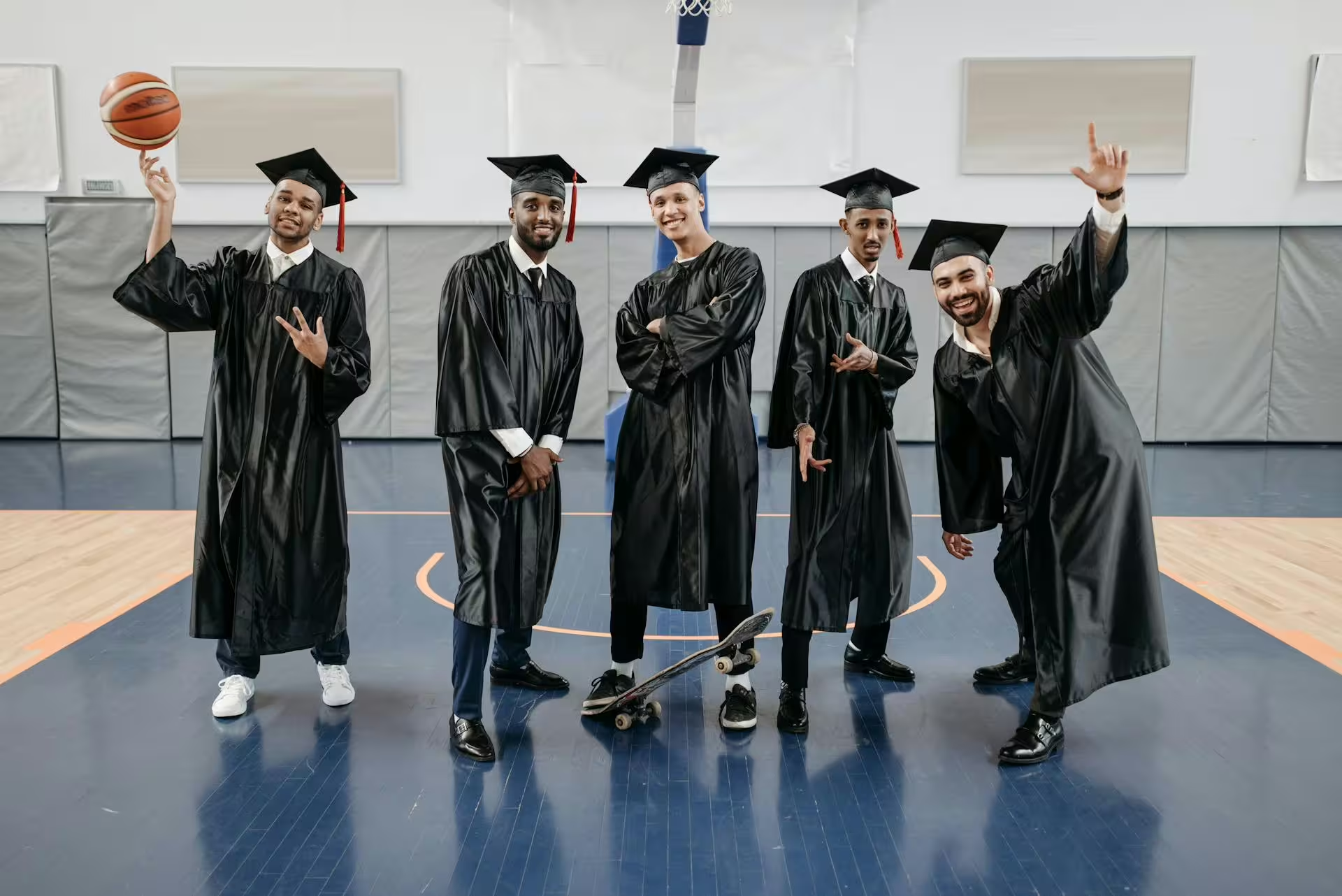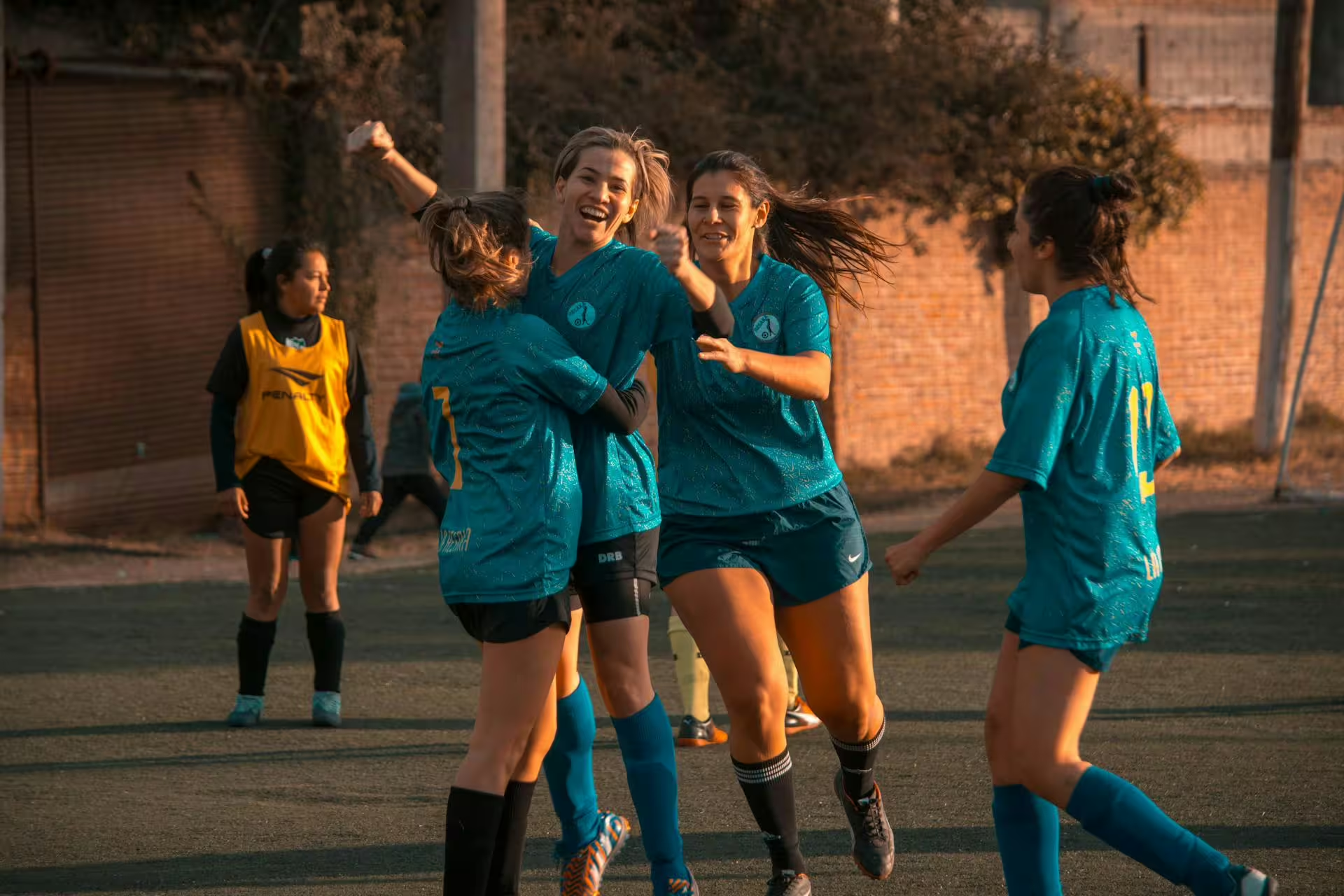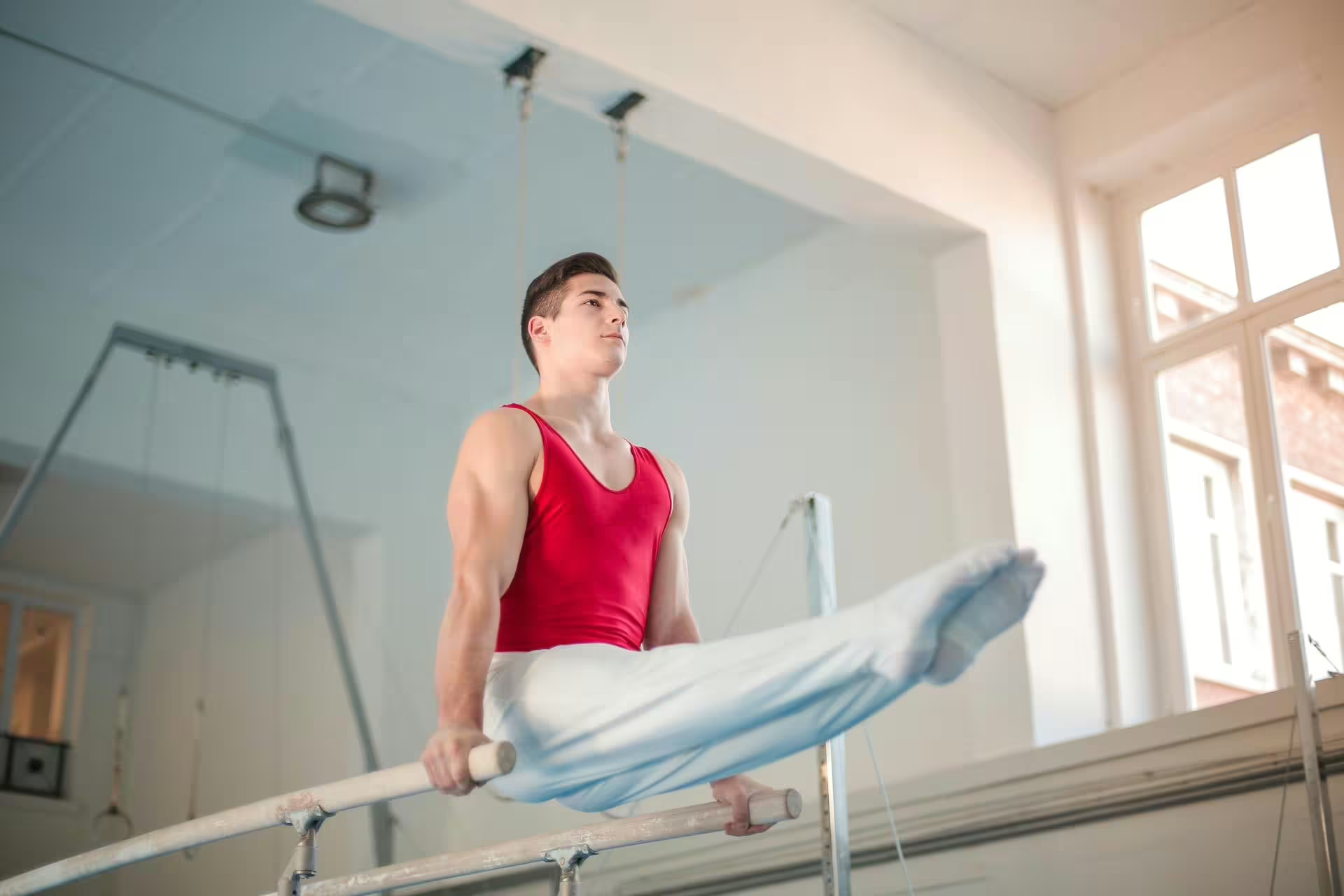When we think about youth sports, we often imagine Little League, soccer, or Pee Wee hockey; but sports have come a long way from the big five or so we knew about when our grandparents were kids. Gymnastics, martial arts, and others have come about since then, as have a number of variations on the more “traditional sports,” but there is one that many still overlook; dance.
Indeed, for thousands of young athletes across the country, dance is a lifestyle. Dance is what these children dedicate their time, talent, and tenacity towards and it isn’t easy by any measure. Many see dance as a blend of athleticism and artistry, but it is far more than the window dressing that many dismissive sports enthusiasts might misconstrue it to be. At higher levels, for instance, competitive dance represents a physically demanding, emotionally rewarding, and highly disciplined sport.
In this article, we will guide parents through the challenging world of professional dance. We will discuss what the sport demands in terms of physicality, while simultaneously going through the cost, benefits, and training requirements. If your child is one who already loves to move to music, perform for a crowd, or express themselves, then it might be time to tune in.
What Is Competitive Dance?
By the strictest definition, competitive dance is a sport where individuals or teams perform choreographed routines that are judged by various metrics. For most dance competitions, the criteria for judging includes technique, style, precision, and creativity. Dance competitions are typically organized by dance studios, though many national dance organization competitions do exist. There are a wide range of styles that can be included in a dance competition, inlcuding:
- Ballet
- Jazz
- Lyrical
- Contemporary
- Tap
- Hip-hop
- Musical theater
- Acro dance (incorporating gymnastic elements)
Additionally, not all dancers compete on their own. Some dancers may compete as a duet, a trio, or in a group. There are even full production numbers that have the whole dance company compete against rival companies. Yes, these things can get rather intense; as intense as any rugby match or state final football game.
We want to be clear here, the type of dance we are speaking on today is very different than a simply recreational dance class your child might take. Recreational dance may be about expression, exercise, or socialization, but competitive dance involves rigorous training, travel, costumes, and high-stakes performances. The level of competition involved often demands athletic excellence, dedication, and commitment. So if that is what you and your child want, then read on!
Why Dance Counts as a Sport

Despite our big talk about serious competition and countless examples that prove this point, some misguided people still don’t view dance as a sport. They don’t necessarily dismiss it, but they may just see it as an art form. In truth, competitive dance has always been a mixture of both; and therein lies its strength and appeal. Competitive dancers train like athletes and are expected to perform under the same physical and psychological pressures as those found in more “traditional” sports.
Indeed, dancers face the same risk of injuries, burnout, and fatigue as any other athlete. They have to rehearse for hours, weeks at a time. They need to be strong, swift, flexible, coordinated, and precise. They need to memorize choreography down to individual toe movements and facial expressions. Dancers often need to work as a team and coordinate perfectly with one another to avoid collisions. And, as in any sport, dancers must be resilient and able to bounce back when things don’t work out just right.
Age and Entry Points: When Can Kids Start?
If you want your child to start dance young, you’re in luck. Many studios offer introductory classes as early as age 2 or 3, though these are focused more on basic movement and rhythm than they are competition. Things change as kids age up, however. Most competitive dance programs begin between ages 5 and 8, it varies by studio, but this is when you and your child can start considering the level of competition you want to involve them in.
That said, i’s never too late for a child to start dancing. Sure, early training can help build a dancer’s technique from early on, but even older children with passion and drive can catch up rather quickly; so long as they have that thirst for competition within them. Parents should also note that dancers may audition or be invited to join competitive teams based on skill, commitment, and potential; this is not an “everyone gets to play” type of situation at many dance schools.
Training Schedule and Time Commitment
We have mentioned before that dance training is intense and time-consuming, but we want to hammer that point home. During competition season (usually fall to spring) parents can expect their children to be spending 6 to 20 hours a week in training. Many studios require weekend rehearsals for competitive dancers, as well as summer intensives, mandatory workshops, or even convention attendance.
This means that parents will likely be around their dancers a great deal or at least be bringing them to and fro much more than they might have believed. It might seem a bit overwhelming at first, but many families find the routine manageable after they get used to it for a bit. All you need to do is exercise a bit of parental support and have a good grasp of time management that you can pass down to your young competitor.

The Cost of Competitive Dance
Competitive dance, as with most youth sports, is expensive. You cannot think of it as an expense though, or it will drive you insane. Instead, think of it as an investment in your child’s future. Here’s a breakdown of typical expenses for parents who are considering getting their child involved:
Annual or Monthly Costs:
- Tuition: $50–$300/month, depending on classes
- Costumes: $100–$300 per routine
- Competition fees: $40–$100+ per dancer, per routine
- Shoes and attire: Specialized shoes (ballet, tap, jazz) and studio uniforms
- Travel: Hotel, food, and transportation for competitions
Note that there are some additional optional costs involved as well:
- Solo choreography
- Convention classes
- Private lessons
- Nationals travel (if attending)
Don’t worry if it all seems untenable for your finances, however. Some studios offer payment plans or scholarships for exceptional dancers or those that need help. Just be open with instructors about your budget—many will work with you so that you can find a situation where everyone benefits.
The Social Side of Competitive Dance
Competitive dancers are going to spend a lot of time together over the years. These interactions don’t always have to be combative and more often than not, result in deep, lasting friendships for everyone involved. Through dance, these athletes learn how to work as a team, communicate more effectively, and to handle wins and losses with grace. They also learn how to support one another through tough rehearsals and shared triumphs. As a bonus, some parents may find a strong sense of community as well—carpooling, sharing snacks, and cheering alongside their peers from the sidelines.
Competitions: What to Expect
Dance competitions typically run over a weekend and can include hundreds of routines from various studios. These events are fast-paced and full of energy. They are exciting but also physically and emotionally draining…so bring some snacks. Dancers tend to be grouped by age, experience level, and style. Each dance routine is scored by a panel of judges and awards may include rankings (e.g., platinum, gold) or special judges’ awards. As a parent, your role is to get your kid there on time, help with prep and costumes, and cheer them on!
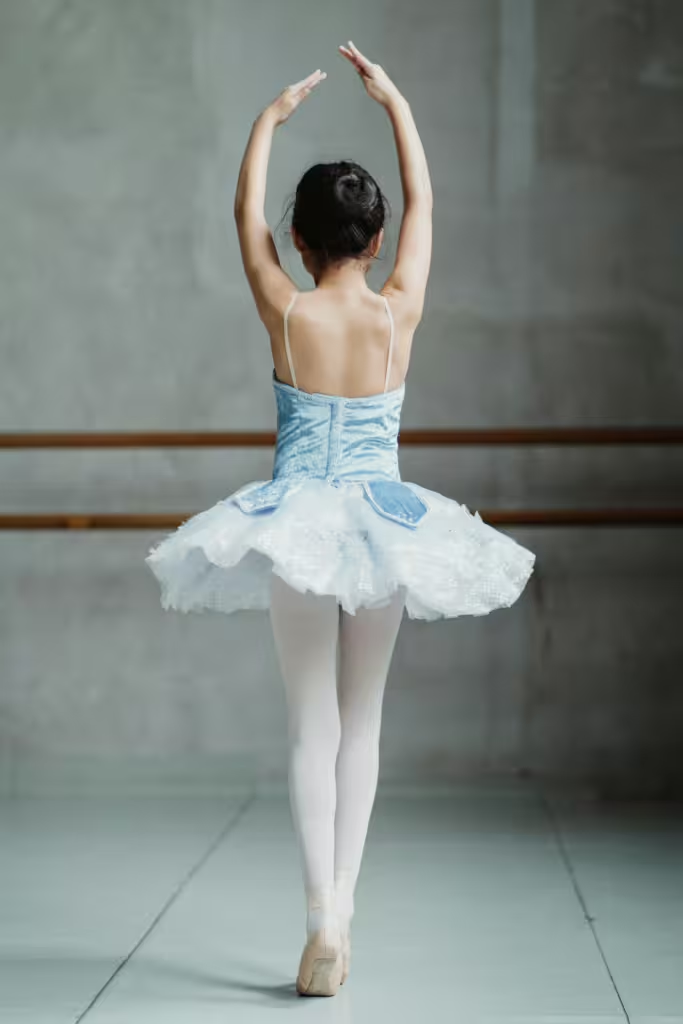
Cultured Athlete Says…
As you can see, competitive dance is more than just an artsy enterprise for lithe, young women. Dance can feature just as much cutthroat competition as any other sport. It can be as physically and emotionally demanding as any Olympic competition and just as beneficial and enriching. As parents, it is up to us to help support our young athletes, to take them where they need to be, help them find joy in their sport, and encourage them to keep pushing, even if things get tough.
As with most childhood sports, the things that a young dancer picks up in their youth may carry them well into the future, and so, it is always worth the time and effort. So the next time your child says they want to dance, take a moment and ask them what they mean by that, you may have an artist, an athlete, and champion, just waiting for you to give them their chance to shine!
Discover more from CulturedAthlete
Subscribe to get the latest posts sent to your email.

